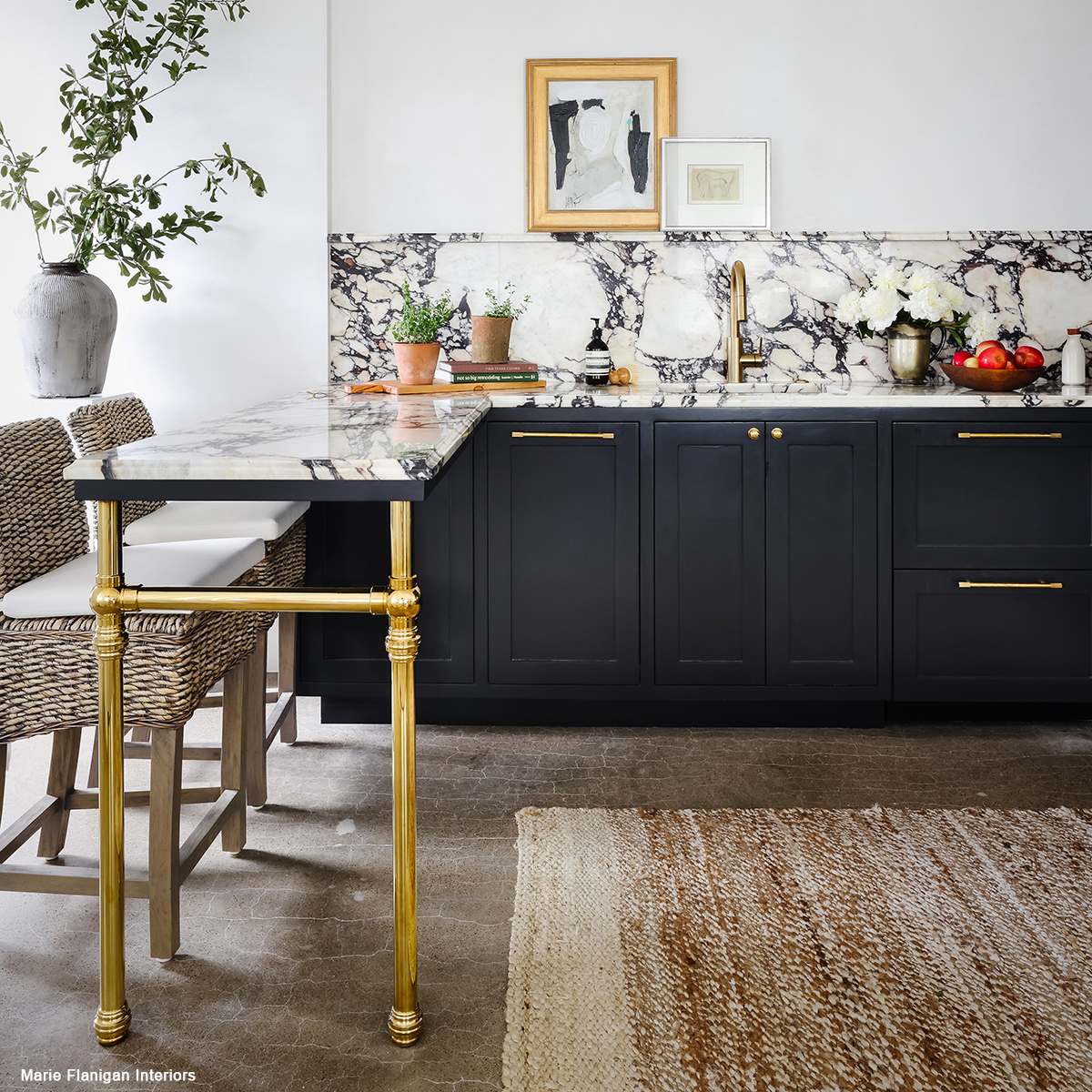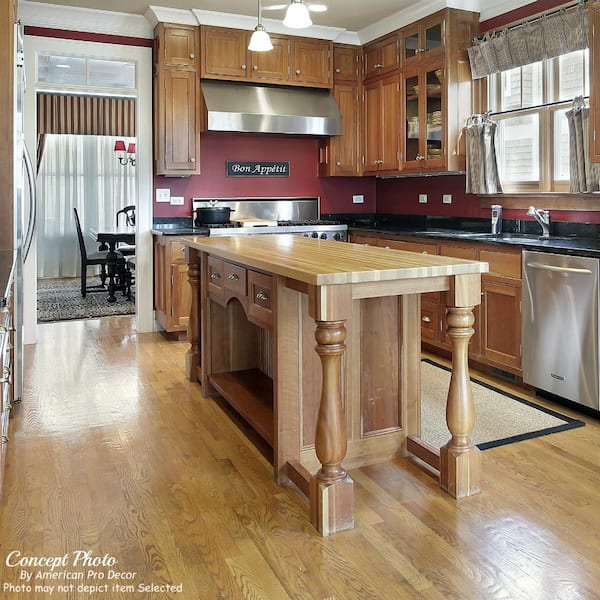Key Considerations for Locating the most effective Legs For Cooking Area Island for Your Style
When selecting the excellent legs for your kitchen area island, several key factors to consider come into play that can substantially impact both performance and visual appeals. The choice of style, elevation, and product have to align with your general kitchen style to make certain a harmonious look.
Determine Your Style Choice
Determining your style choice is critical when selecting the optimal legs for your cooking area island. The legs of your cooking area island not only serve a practical function however additionally add significantly to the general visual of the area. Determining your layout style-- be it contemporary, rustic, standard, or commercial-- is crucial.
For a modern-day cooking area, think about smooth, minimalistic legs that complement tidy lines and open areas. Conventional kitchens usually prefer turned or luxuriant legs, which can include a touch of beauty and sophistication.
Additionally, consider the height and percentage of the legs in relationship to the island's surface. Eventually, your design choice will influence not only the option of legs yet also the general harmony of your kitchen area's layout.
Pick the Right Product
Selecting the ideal product for your cooking area island legs is pivotal in guaranteeing both resilience and aesthetic allure. Numerous products supply distinct advantages, and the selection frequently shows your style preferences and functional demands.
Wood is a prominent selection, giving heat and convenience. It can be tarnished or repainted to match your kitchen area design, making it versatile to different styles, from rustic to contemporary. However, wood might require regular upkeep to maintain its look and stability.

If you look for a distinct touch, take into consideration acrylic or glass materials. They can develop an illusion of area and agility in your cooking area, making them an outstanding selection for smaller areas - Legs For Kitchen Island. Nonetheless, these options may need mindful handling and maintenance to prevent scrapes.
Eventually, the product you pick should line up with your kitchen's general layout, ensuring that the legs serve both practical and attractive purposes.
Consider Elevation and Proportions
When creating a cooking area island, elevation and percentages play an important function in making certain capability and convenience. The common elevation for a kitchen island generally ranges from 36 to 42 inches, aligning with conventional counter heights or bar heights, specifically. This measurement is essential for integrating with bordering countertops and feceses, allowing simplicity of use during dish preparation and social interactions.
Furthermore, the island's percentages should match the general kitchen area design. A well-proportioned island ought to not overwhelm the room; instead, it should create a well balanced visual. Think about the ratio in between the island's size and size, guaranteeing it offers sufficient area without crowding the cooking area. A basic guideline is to maintain a width of 24 to 48 inches, facilitating activity and availability.
Additionally, the height of the legs or base can affect the visual allure and capability. Taller legs may offer a much more modern-day, airy feeling, while shorter ones can evoke a typical, grounded look. Ultimately, meticulously thinking about elevation and proportions will certainly result in a cooking area island that is both visually attractive and functionally efficient, improving the total style of the space.
Assess Stability and Resilience
A kitchen island's legs must not only enhance its height and proportions but additionally provide appropriate security and sturdiness to sustain daily tasks. The legs are necessary to the overall performance of the island, as they birth the weight of the kitchen counter and any extra tons, such as home appliances or cooking tasks.
When evaluating security, it is critical to consider the leg design and product. As an example, strong steel or strong wood legs frequently provide remarkable stamina contrasted to lighter products like crafted timber or plastic. In addition, a wider base can he said enhance stability, reducing the risk of tipping or wobbling throughout usage.
Longevity is just as vital; the legs need to stand up to damage from day-to-day use. Consider finishes that protect against scrapes, damages, and wetness, particularly in a kitchen area atmosphere. Moreover, examine the high quality of building, such as joints and fastenings, which can substantially affect the legs' long-lasting performance.
Eventually, buying well-crafted legs that focus on stability and resilience will ensure your cooking area island stays a reputable work area for years to find, boosting your culinary experiences while maintaining visual appeal.
Variable in Maintenance and Care
Maintenance and care are essential factors to consider for guaranteeing the long life and performance of cooking area island legs. When choosing legs, it is vital to examine the products utilized, as various choices call for varying degrees of maintenance. Wood legs may need routine refinishing or sealing to stop wetness damage and scratches, while steel legs might need routine brightening to keep their luster and stop corrosion.
Moreover, the surface related to the legs can affect maintenance navigate to these guys demands. A high-gloss finishing might be easier to clean however can reveal finger prints and scratches quicker than a matte finish. It is a good idea to choose materials and coatings that enhance your lifestyle; for example, if you often hold celebrations, select durable products that can hold up against damage.
Additionally, think about the cleaning process included in keeping these legs. Smooth surface areas often require minimal effort, while intricate designs might gather dirt and crud, demanding even more labor-intensive cleansing approaches. Legs For Kitchen Island. Eventually, factoring Full Report in the maintenance and care required for your chosen kitchen island legs will certainly not just enhance their aesthetic appeal but additionally guarantee their useful stability gradually
Conclusion
To conclude, selecting the optimal legs for a cooking area island demands cautious factor to consider of various variables, consisting of layout style, material choice, security, upkeep, and elevation. Each aspect plays a vital duty in ensuring that the legs not just improve the aesthetic charm of the kitchen area but additionally give the necessary assistance and resilience for daily usage. An educated decision will ultimately add to a practical and visually pleasing kitchen area environment.
The legs of your cooking area island not only serve a functional objective but additionally contribute significantly to the general aesthetic of the space.Upkeep and care are essential considerations for making certain the durability and efficiency of kitchen area island legs. Wooden legs might require regular refinishing or sealing to stop dampness damage and scrapes, while metal legs might require regular brightening to maintain their luster and prevent rust.
Ultimately, factoring in the upkeep and treatment required for your selected cooking area island legs will not just improve their visual appeal however additionally guarantee their functional stability over time.
